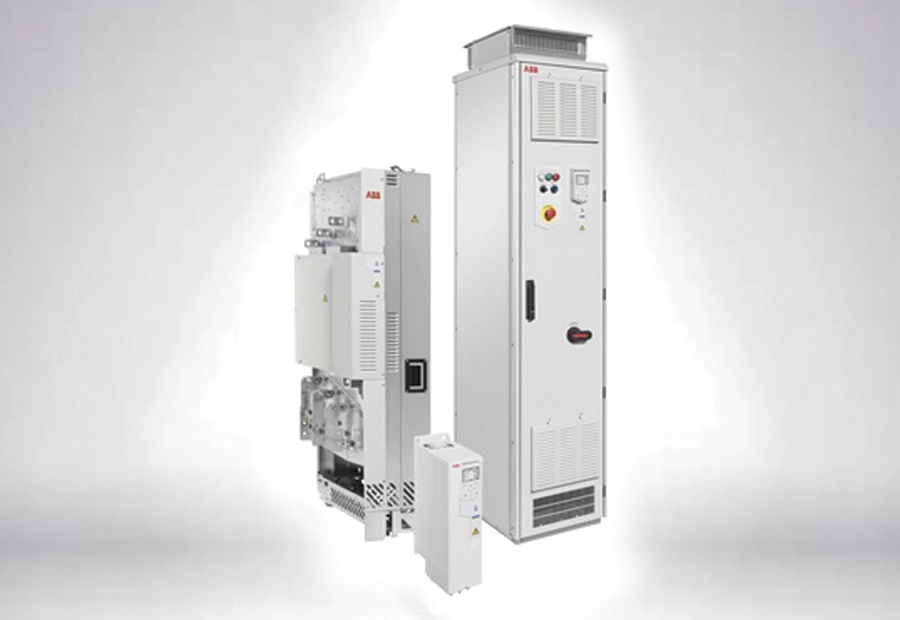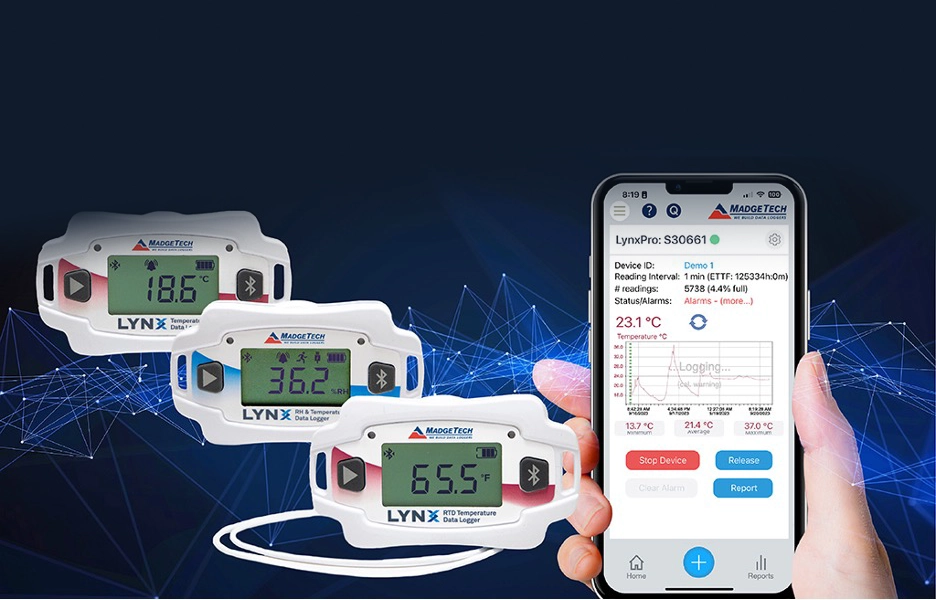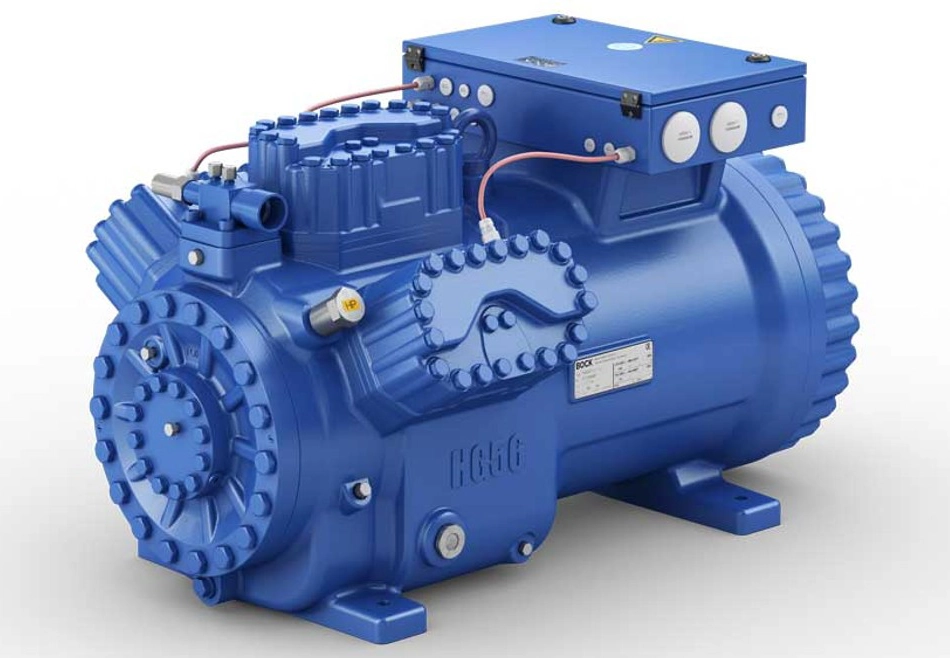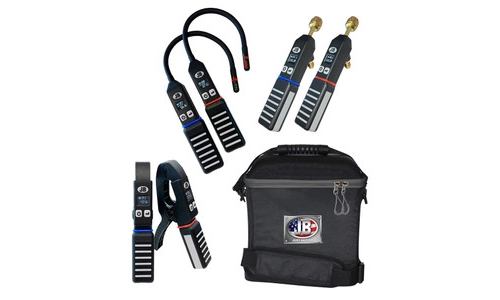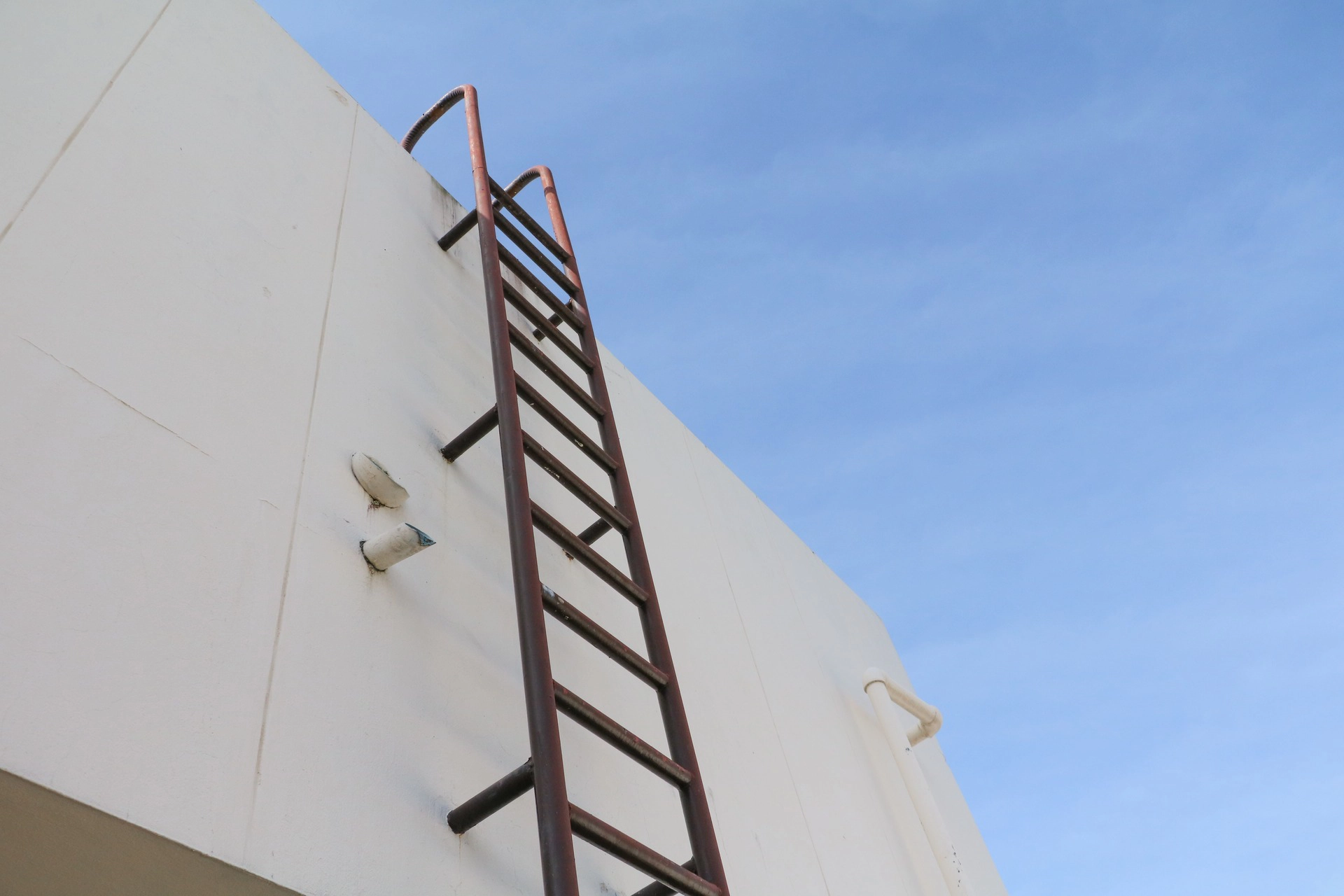Job creation and energy savings are goals of the government’s "cash for caulkers" program.
As of the press deadline for this issue of HVACR Business, the Home Star Energy Retrofit Act was moving through Congressional sub-committees with bi-partisan support. If Home Star becomes law, it will designate $6 billion in public money to administer a program of rebates for consumers who make energy-saving improvements to their homes. Here are answers to some of the questions that hvacr contractors have about Home Star.
What is Home Star?
Home Star is similar to the “cash for clunkers” program Congress authorized to encourage consumers to trade in their older cars for more energy-efficient models. Home Star’s aim is both job creation and energy savings. Proponents expect the program to create 168,000 jobs in the next two years by increasing demand for residential upgrades that will save energy. Since heating and cooling tend to consume the most energy in a home, many of the covered upgrades are related to these systems. According to the federal government, the program will save participating homeowners $200 to $500 a year in energy costs.
Which upgrades will receive rebates?
The White House has issued a fact sheet to describe the rebates. Here is what it says:
$1,000 to $1,500 Silver Star Rebates: Consumers would be eligible for 50% rebates up to $1,000 to $1,500 for any of a straightforward set of upgrades, including: insulation, duct sealing, water heaters, HVAC units, windows, roofing, and doors. Under Silver Star, consumers can choose a combination of upgrades for rebates up to a maximum of $3,000 per home. Rebates would be limited to the most energy-efficient categories of upgrades, focusing on products made primarily in the United States and installed by certified contractors.
$3,000 Gold Star Rebates: Consumers interested in more comprehensive energy retrofits would be eligible for a $3,000 rebate for a whole-home energy audit and subsequent retrofit tailored to achieve a 20% energy savings in their homes. Consumers could receive additional rebate amounts for energy savings in excess of 20%. Gold Star would build on existing whole-home retrofit programs, such as the EPA’s Home Performance with Energy Star program.
Do my technicians need to be certified or have specific training?
According to Brett Knox, president of retrofit company GreenHomes America, no special training is required to perform the work for Silver Star rebates. “Any appropriately licensed and insured contractor can perform these improvements.”
Gold Star on the other hand, does require special training and certification because it focuses on the whole house as a completely integrated system rather than on individual components. This type of work is sometimes called Home Performance Contracting (HPC).
Knox said: “To begin the Gold Star process, a comprehensive energy audit is performed on the home. Next, a customized set of recommendations based on building science principles is developed, and energy modeling software is used to calculate the energy savings associated with the recommended improvements. After the improvements are completed on the home, a test-out is performed that repeats the tests performed during the initial energy audit. This ensures quality results.”
Knox added: “Both the initial energy audit and test-out must be performed by a certified professional with accreditation from the Building Performance Institute (BPI) or an approved equivalent. In addition, the employees performing the actual improvements on the home will also need to receive special training and, optionally, certifications.”
Will the work be audited?
Both Silver Star and Gold Star will have comprehensive third-party quality assurance programs to ensure that quality installations take place. Most likely, at least 10% of the homes receiving energy retrofits will be verified by a third-party entity. For Silver Star work, the Home Star program will pay for these verifications. Work covered by Gold Star rebates is already audited based on certification requirements, so companies doing this work should already have and be funding this auditing process.
How much do I have to invest in equipment, training, and other costs?
That depends. As stated earlier, much of the work under the Silver Star standard is already being done by residential contractors. For these contractors, the only costs would be any additional marketing they choose to add. Contractors that want to begin offering HPC will need to pay for technician training and certification as well as new equipment. An alternative to this would be to partner with an existing company that specializes in energy retrofits.
Where do I get the rebate applications and other paperwork?
According to Matt Golden, president and founder of San Francisco-based HPC company Recurve and a member of the Home Star coalition, the program will provide “rebate aggregators” to inform and work with companies to administer the rebates. Once the legislation is adopted, Golden said, it could take 30 to 60 days to set up all of the processes and systems, such as the network of rebate aggregators. Program administrators have plans for ample communication to the affected industries, including through trade associations and other industry-focused groups.
What industry groups are supporting this legislation?
Many groups and private companies support Home Star. Within the hvacr industry, AHRI and the U.S. Green Building Council are two groups that are Home Star supporters.

